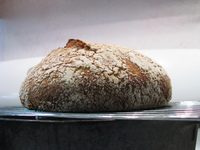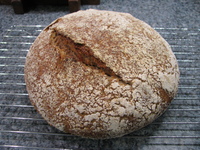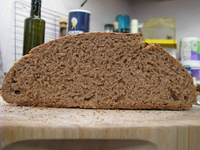Link roundup: Agriculture
I seem to have accumulated some interesting links relating to agriculture, food systems, and general relationship to the land, and I haven't done a link roundup in ages... so today I'll be sharing with you:
- Landrace gardening
- A bank that supports local agriculture
- A blog about apples, agroforestry, pigs, and other topics
- The benefits of urine as fertilizer
- A caution on pawpaws
 Tim McCormack says words
Tim McCormack says words


